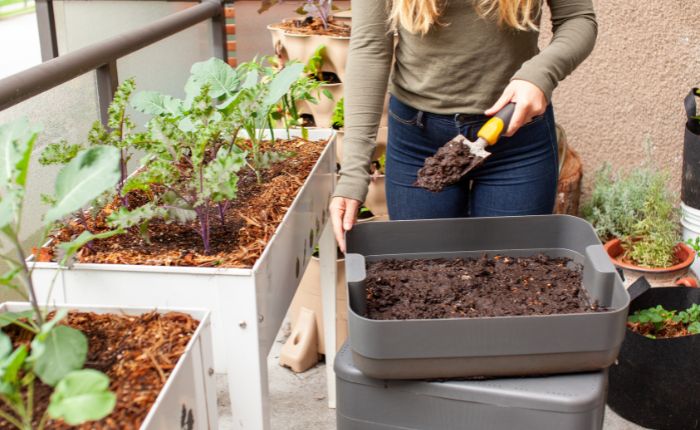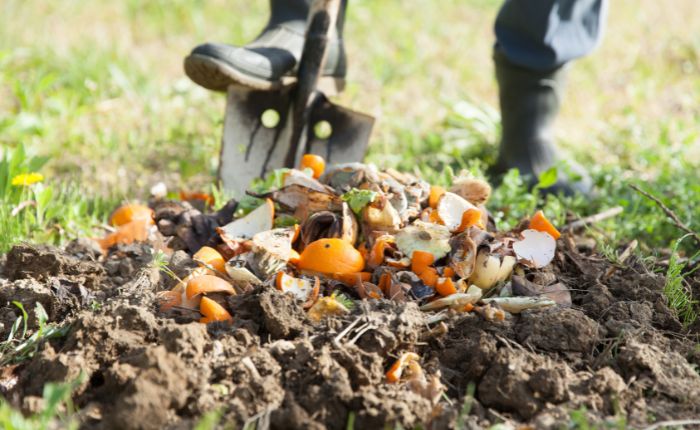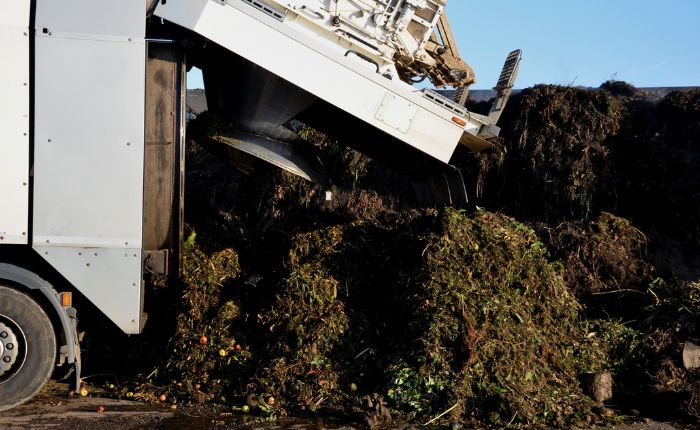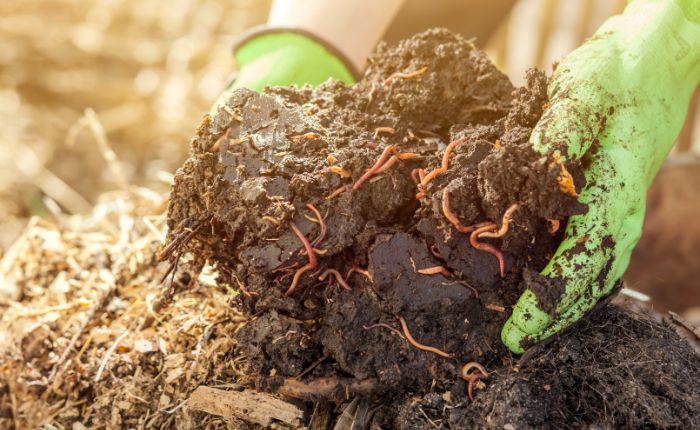Types of composting
Types of composting

Traditional composting
Traditional composting
This type of compost is made using organic waste that is left to rest in piles that are turned regularly, either manually or mechanically, to oxygenate the mixture and prevent the compost from compacting.

Surface composting
Surface composting
With this composting method , known as static pile composting, you simplify the aforementioned process by applying the organic matter directly onto the soil. In this way, as it decomposes, nutrients leak directly into the soil.

Industrial composting
Industrial composting
This type requires more complex installations, including a forced ventilation system and temperature control to foster the development of more active bacteria that produce compost more quickly and avoid the appearance of germs.

Vermicompost or earthworm humus
Vermicompost or earthworm humus
This composting technique uses California red worms, a species capable of devouring virtually any plant debris. The resulting compost, known as worm castings or vermicompost, is known for its high nutritional properties.

Manure composting and poultry composting
Manure composting and poultry composting
Originally from Japan, this type of compost makes use of the remains derived from rice cultivation, adding water, molasses, crushed charcoal, yeast, and other elements to accelerate the decomposition.


